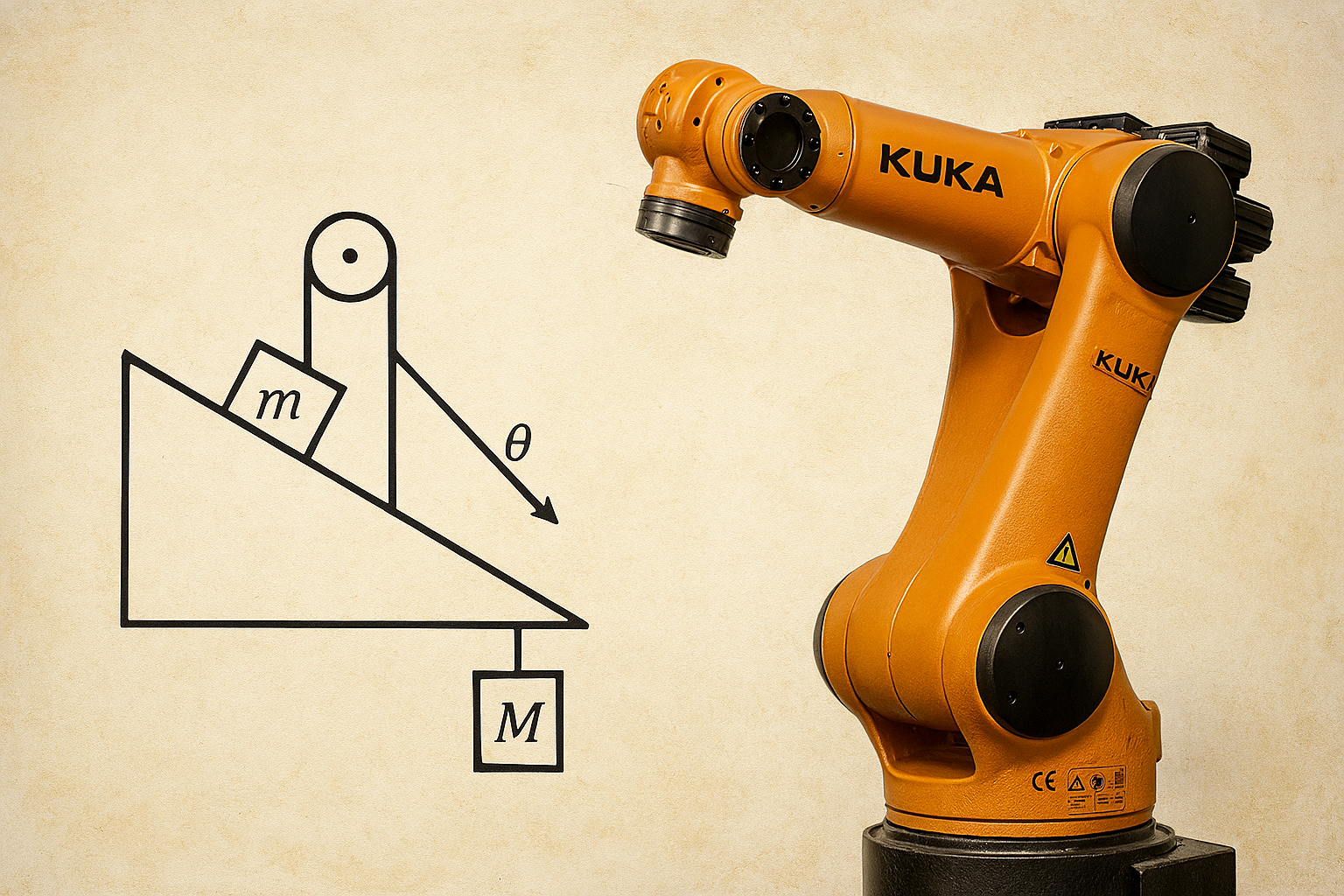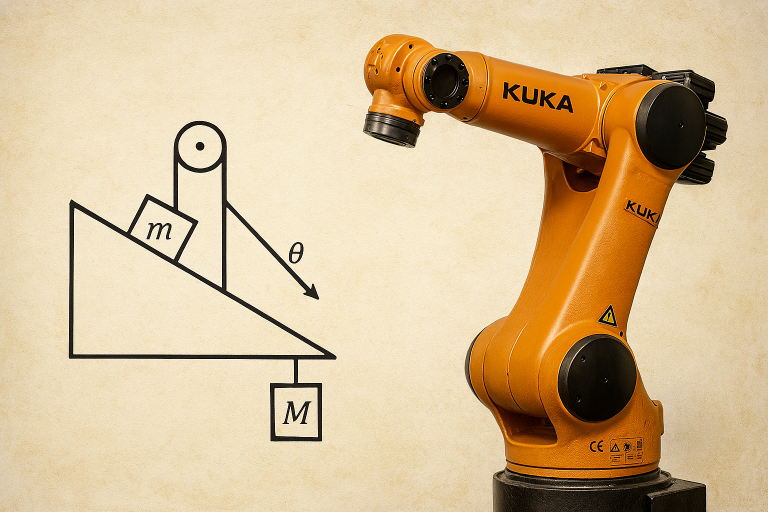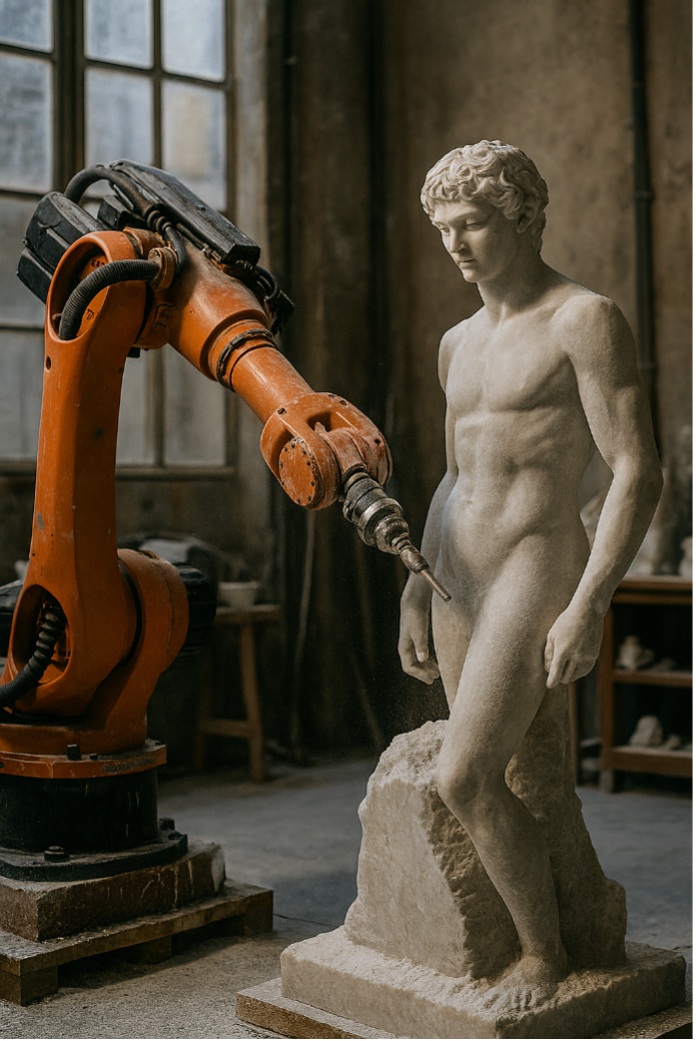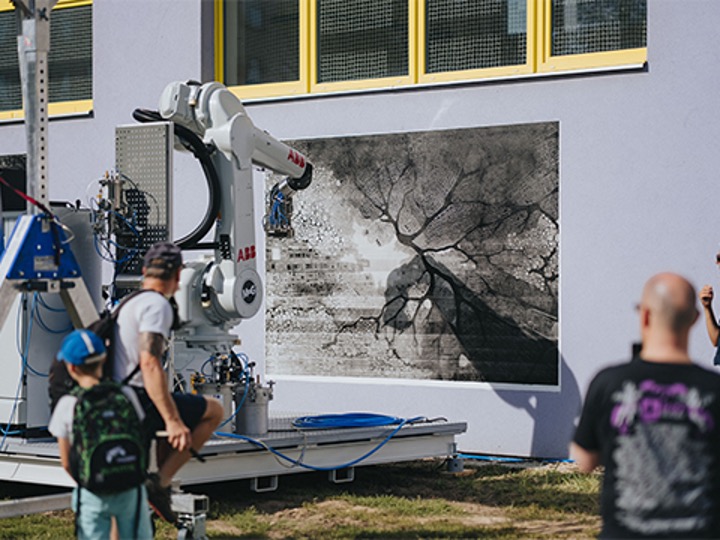There are times when engineering steps out of the factory and enters unexpected territories. One of these is art. What once seemed impossible — that an industrial robot could take part in an artistic creation — is now a reality in museums, biennials, universities, and creative laboratories around the world. Robotic arms no longer just weld, mill, or palletise: now they draw, sculpt, paint, craft mechanical poetry, or interact with the public in real time.
But there is something even more interesting: many of these artistic projects are created with refurbished robots, not new ones. Why? Artists work with real budgets and smart solutions. That’s why they turn to the same thing used by hundreds of industrial companies worldwide: accessible automation using reused technology.
When engineering becomes expression, industrial robots offer capabilities that no other artistic tool can match: repeatable precision, controlled strength, continuous movement on six axes, and the ability to translate algorithms into physical movement. This has made machines like the KUKA KR 210, ABB IRB 4600, or FANUC M-20iA into a new generation of creative tools.
A well-known example is the artist and architect Rafael Lozano-Hemmer, who has worked with KUKA robots in interactive installations that respond to human movement. The British studio Universal Everything has also worked with ABB robotics to create digital experiences synchronised with physical movement. In Japan, researcher and choreographer Yoko Ando collaborated with FANUC robots to explore the dialogue between dance and automation.
The crucial point: many use refurbished robots. Although these projects might seem futuristic, many do not use new robots. The reason is simple: in art, as in industry, the true value lies in creativity and integration, not in buying the most expensive option. In fact, several university laboratories in Europe, such as the Technische Universität München (TUM) and the Polytechnic University of Turin, have developed artistic and experimental projects with refurbished robots because: they are more financially accessible, they allow real experimentation without the fear of damaging a new robot, and they offer the same level of precision required by kinetic art.




